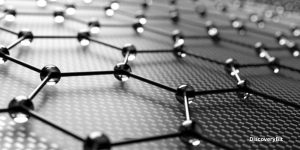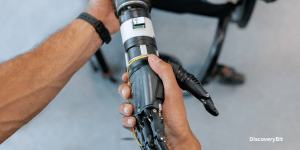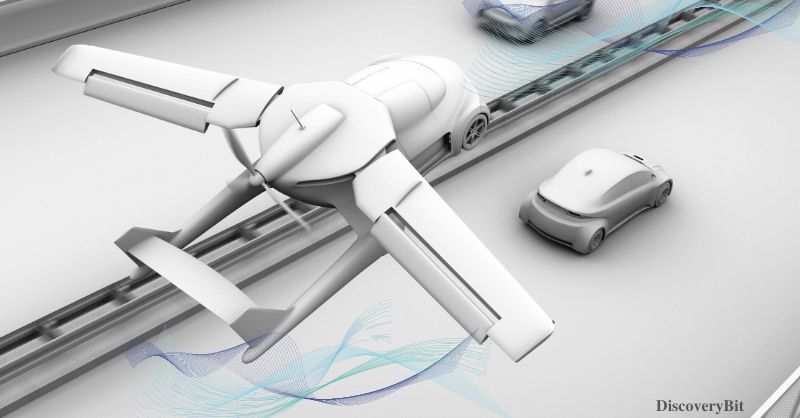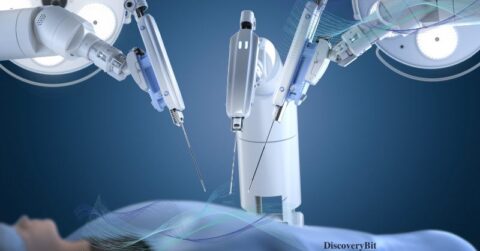61) Smart Traffic Management

Smart Traffic Management: This innovation involves using advanced technologies such as artificial intelligence, the Internet of Things (IoT), and big data analytics to improve the efficiency of traffic flow, reduce congestion, and enhance overall road safety. The first smart traffic management systems were introduced in the early 2000s, with many cities and countries around the world adopting these technologies in recent years to address traffic challenges.
62) Solid State Batteries

Solid-state batteries are a promising innovation in energy storage that use solid electrolytes instead of liquid ones, resulting in a safer, more efficient, and longer-lasting battery. They have the potential to revolutionize the electric vehicle industry, consumer electronics, and renewable energy storage. While the concept of solid-state batteries has been around since the 1960s, it was not until recent years that significant progress has been made in their development. The first commercially available solid-state battery is expected to be released in the next few years, marking a major milestone in the field. Solid-state batteries are more efficient and safer than traditional lithium-ion batteries.
63) Carbon Capture and Storage

Carbon capture and storage (CCS) is a technology that aims to reduce carbon dioxide emissions from large-scale point sources such as power plants and industrial processes. The process involves capturing carbon dioxide from the source, compressing it, and transporting it to a storage location where it can be stored permanently in underground geological formations. The technology was first developed in the 1970s, but it has gained increased attention in recent years as a potential solution to mitigate climate change. CCS is still in the early stages of deployment, but it has the potential to significantly reduce greenhouse gas emissions from major industrial processes.
64) Vertical Forests

Vertical forests are an innovative concept of integrating trees into the design of urban buildings to improve the quality of life in cities. They were first introduced in Milan in 2014, with the Bosco Verticale (Vertical Forest) project, which consists of two residential towers that host more than 900 trees, 5,000 shrubs, and 11,000 plants. These vertical forests help to reduce urban pollution, absorb carbon dioxide, regulate temperature and humidity, and promote biodiversity. They also enhance the aesthetics of the buildings and provide a pleasant living environment for residents. Since then, similar projects have been developed in different cities around the world.
65) Emojis

Emojis are small digital images or icons used to express an idea or emotion in electronic communication. They were first introduced in 2011 by Shigetaka Kurita, a Japanese designer, who created 176 simple 12-pixel by 12-pixel images that could be used on mobile phones. Emojis quickly became popular and are now widely used on social media, messaging apps, and other digital platforms to add emotion, humor, and personality to messages.
66) Supermaterials

Supermaterials, also known as advanced materials, are engineered materials with superior properties compared to traditional materials. These materials are designed to have specific qualities, such as strength, flexibility, conductivity, and resistance to heat or chemicals. Examples of supermaterials include carbon nanotubes, graphene, and metamaterials. Supermaterials have applications in a wide range of industries, including aerospace, electronics, healthcare, and energy. Carbon nanotubes were first discovered in 1991 by Sumio Iijima, while graphene was first isolated in 2004 by Andre Geim and Konstantin Novoselov. Metamaterials have been in development since the early 2000s.
67) Exoskeletons

Exoskeletons, developed in the 2000s, are wearable devices that can augment or replace the function of a person’s limbs. They have the potential to revolutionize fields like healthcare, where they can be used to help people with mobility impairments. Exoskeletons can also be used in the military to help soldiers carry heavy loads or in the industry to increase worker safety and productivity.
68) Liquid Air Energy Storage

Liquid Air Energy Storage (LAES) is a method of energy storage that involves cooling and liquefying air, storing it in insulated tanks, and then reheating and expanding it through a turbine to generate electricity. The process involves converting electricity into cold energy, which can be stored for longer periods than conventional batteries and used to produce electricity when it is needed. LAES is a promising technology for large-scale energy storage and has the potential to be an important component of a more sustainable energy system. It was first developed in the 1960s but has gained renewed interest in recent years as a means of supporting the integration of renewable energy sources.
69) Autonomous Ships

Autonomous ships are vessels that can operate without a crew onboard and can be controlled remotely or through artificial intelligence. These ships are equipped with advanced sensors, navigation systems, and communication technology to ensure safe and efficient operation. They offer potential benefits such as increased safety, reduced costs, and increased efficiency in maritime transportation. The first autonomous ship, the MV Yara Birkeland, is set to enter service in 2022 as a zero-emissions container ship designed for coastal operations in Norway. In The main time, self-driving boats are being tested in countries like the Netherlands.
70) Smart Water Management

Smart water management is an innovative approach to managing water resources that involve the use of digital technologies to collect and analyze data on water usage and quality, and to optimize the efficiency and sustainability of water systems. This can include the use of sensors, smart meters, and real-time data analytics to identify leaks, reduce water waste, and improve water quality. Smart water management has the potential to help communities and businesses conserve water, reduce costs, and improve the resilience of their water systems to climate change and other environmental challenges. Smart Water Management is a relatively recent new innovation, with developments starting in the early 2000s. However, it has been gaining momentum in recent years, with an increased focus on water conservation and sustainability.
Tags: Best innovations Best inventions of the 21st century Disruptive innovations Emerging innovations Future innovations Futuristic technology inventions of the 21st century Greatest inventions of the 21st century Innovative products Latest innovations Most innovative technologies of the 21st century new innovations New innovations in technology new innovations of the 21st century









